Sometimes in the hecticness of a school year it’s easy to just fall back on “the way we’ve always done it”.
BUT have you considered that making a few simple arrival time tweaks can catapult you and your class into a more regulated, engaged, joyful start to your year?
That’s because how our morning goes…often dictates how our day goes.
And, even if children and families arrive dysregulated and frazzled, you as the teacher are in a position to provide the environment, interactions and activities to set everyone up for a great day.
It’s not easy.
But it CAN be done!
I’m sure just thinking about how you might tweak the classroom environment and morning activities and routines to ensure all children feel connected, want to engage, and get regulated that you will come up with some great ideas of your own for simple tweaks you can make.
However, since I am sure you’re BUSY I thought I’d share a few tweaks that you might want to consider. These are all things that I myself have done in my preschool classroom and/or that I have seen other teachers do to produce a calmer arrival time and classroom.
Arrival Time Tweaks: Connect, Engage and Get Regulated:
Sensory: Many classrooms don’t open the water table, sand table or put out the playdough until later in the day. But these activities are incredible for soothing and regulating the nervous system. Do you have children who go from 0-10 over small things? …struggle to focus? …or, who are hurting other children? Do these same children also seem to like “sensory activities”? If you answered yes than you may want to consider having play dough on the table and opening the water table when children get dropped off. These messy activities might seem like they’ll invite chaos, especially when staffing is low, but try it out a few times and see if it helps or hurts.
Environment: You’ve heard that overhead fluorescent lights can dysregulate nervous systems and be highly stressful for certain children, right? Especially neurodivergent children and children with an autism diagnosis specifically. Consider turning off the overhead lights and acquiring lamps. Or, start your day simply with the natural light coming in through windows.
Connection: Are you familiar with the concept of “yes, and”? It’s a shorthand phrase to convey the idea of accepting and building on children’s strengths or interests. How can you greet each and every child with “yes, and” in order to build a trusting connection with them during the first hour of the day? Most of us think we’re already doing this and you probably are in many ways. But, especially with children who exhibit challenging behavior you may be unintentionally shortchanging this positive, trust building interaction in favor of things like rule reminders, correction and redirection. How might you remind yourself to “yes, and” with each and every child every single day?
Gross Motor and/or Heavy Work: Offering gross motor activities to the whole group as you gather for circle time (before you sit down) and/or to small groups (or just the children who are interested) during arrival time or your first center time can get the energy out and be incredibly grounding to children’s nervous systems. Movement and music with songs that prompt actions are great. So are group games with simple rules like Red Light, Green Light. Try incorporating jumping, stomping, wheelbarrows or pushing the wall away for some “heavy work”. Heavy work is recommended by Occupational Therapists for children with sensory processing challenges and these activities can really set children up for a more regulated day.
What do you think?
Which of these things do you already do at drop off? Which might you try?
Let me know in the comments below.

